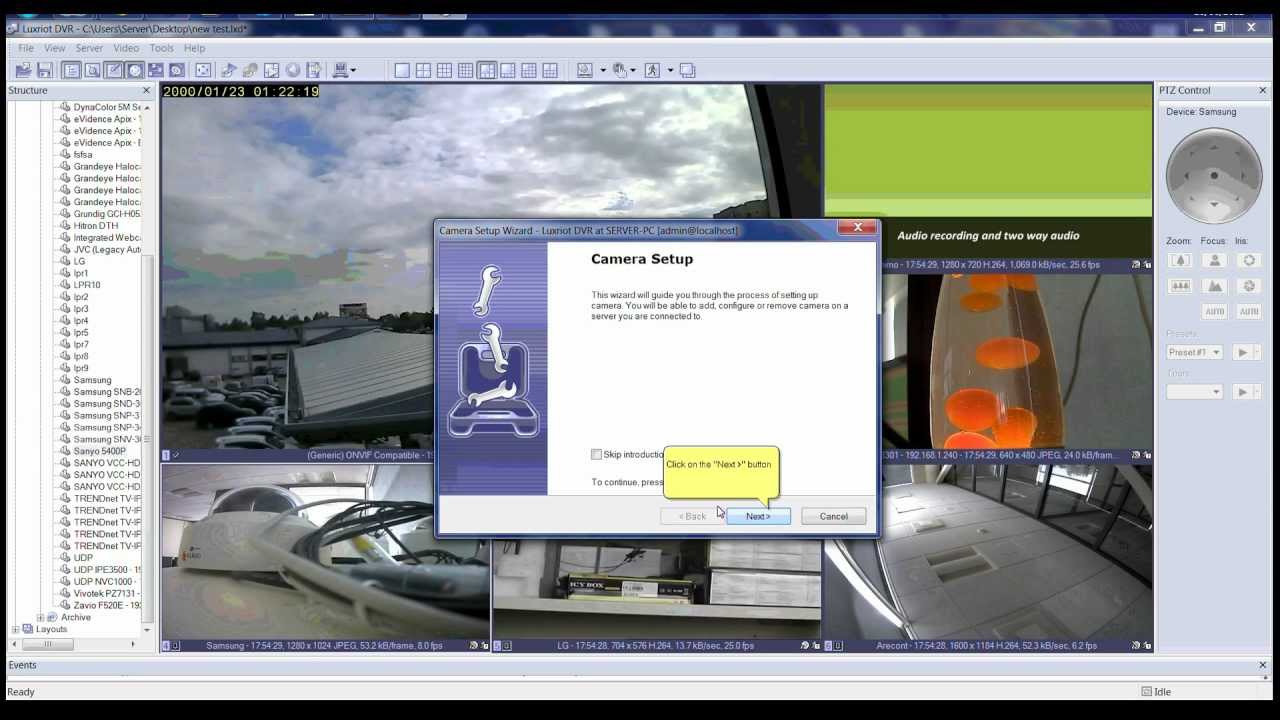

I have also included my analysis of his solo here, in concert bass clef for analysis purposes.
DOWNLOAD MICHAEL BRECKER LICKS PDF DOWNLOAD
decompose number into powers of 2 Updated 02:50 IST rainbow sandals women39s double layer narrow strap ats cv template free download lithiumion battery recycling companies toiletry bags Keyboard Transcriptions of Bach's Music for Unaccompanied String and Wind Instruments. Search: F Blues Solo Transcriptions Blues F Solo Transcriptions pji. For details and to commission a transcription, contact me at The musical rap sheet includes tours with the Tommy Dorsey Orchestra and reggae master Half Pint, center stage at the L. Luckily, sax legend David Liebman, one of the world's foremost experts on saxophone sound production, takes you on a step-by-step journey through the method used by legends such as Michael Brecker, Bob Berg, and other masters. Search: F Blues Solo Transcriptions F Blues Solo Transcriptions ayv. Čeština (cs) Deutsch (de) English (en) Español (es). freightliner columbia for sale in charlotte nc About Saxophone Transcriptions Jazz. Here is a complete list of all the transcriptions on the site. Free “Dig Dis” Transcription inside Locker. Holdsworth frequently took advantage of guitar fretboard symmetries, and we’ll see more examples of this in a moment. This change was done to create symmetry with the 3-5-7 fret pattern of the 6th string.

You will notice that the notes on the 2nd string of the example begin on D, and not E, which would be the typical note that 3-note-per-string pattern would start on. 7 is based on the G major scale (G–A–B–C–D–E–F#) and uses a standard 3-note-per-string pattern, but instead of simply ascending straight up the scale, every other string in the pattern is skipped. Although Holdsworth did frequently use wider stretches, he also incorporated string skipping and position shifting to create more interesting lines. Many guitarists study 3-note-per-string and even 4-note-per-string scales in the quest to understand Holdsworth’s style, but scale patterns alone won’t unlock the secrets to his lines. The next few examples are essentially demonstrations of how Holdsworth organized scales on the fretboard. In this lesson, I want to explore essential elements of Holdsworth’s harmonic and melodic style and demystify some of his musical concepts. The speed of Holdsworth’s single-note soloing and the density of his chord voicings pose a daunting challenge to anyone attempting to learn his music, and with so few transcriptions available, and even fewer accurate ones, his music has unfortunately been placed out of reach of many aspiring musicians.

His deep harmonic language, exemplified by his chord voicings and compositions, as well as his unique approach to melodic improvisation, have not been so readily imitated. However, Holdsworth’s innovation extended beyond his virtuosic guitar technique. Much has been written about Holdsworth’s legato technique, speed, and tone, and many guitarists, particularly in the rock and metal worlds, have embraced and absorbed these elements of his sound.

While some aspects of his music and style have been assimilated by admiring musicians, many facets of his playing remain shrouded in mystery. Allan Holdsworth had one of the most distinctly original voices of any guitarist.


 0 kommentar(er)
0 kommentar(er)
